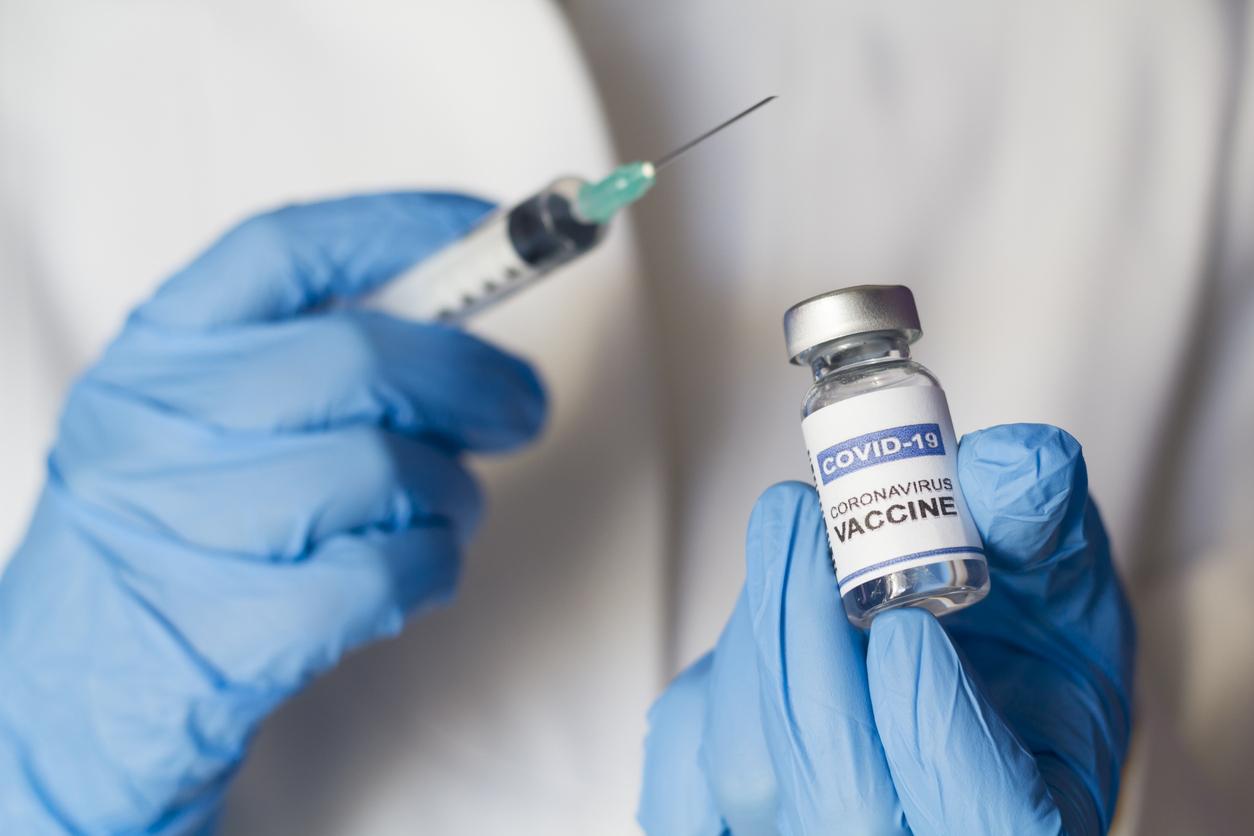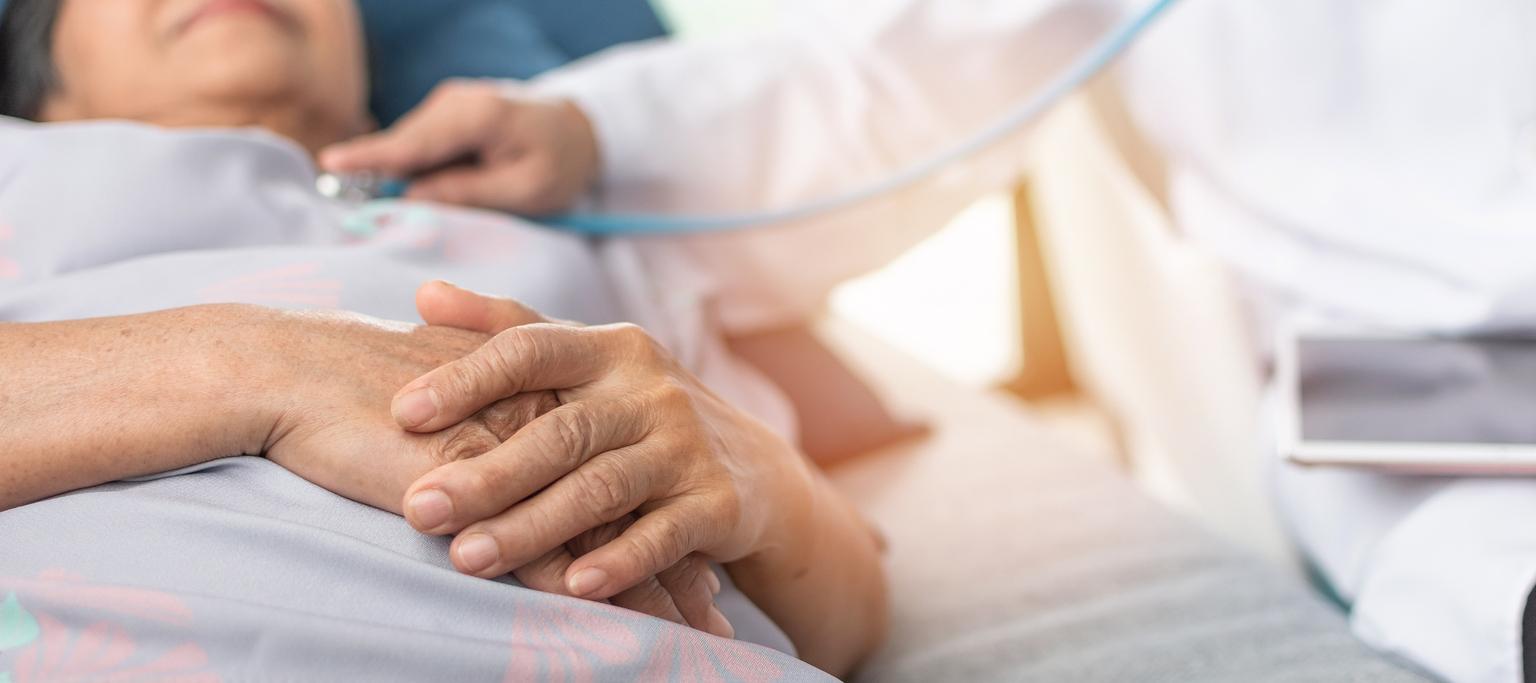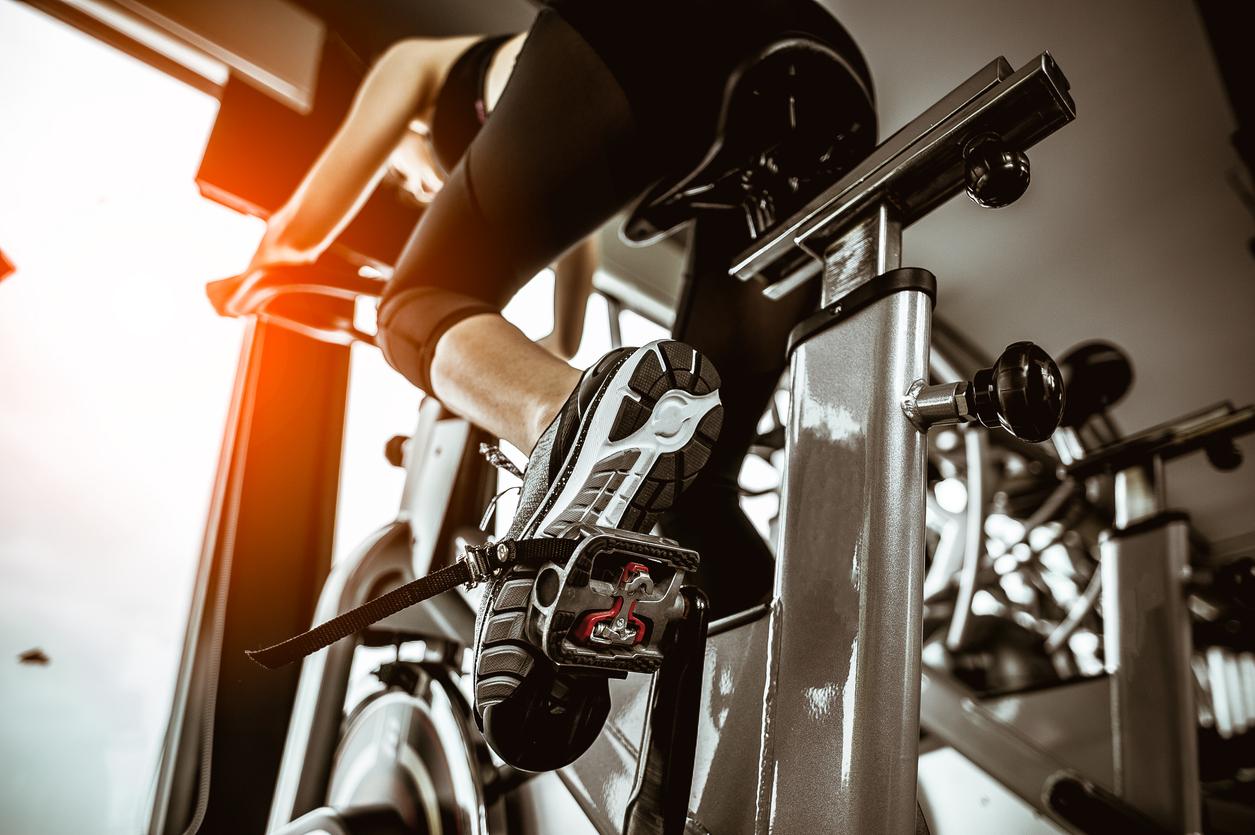The two physiotherapists Thomas Dupas and Romain Brial give you some simple movements that avoid back pain when teleworking in front of a computer.

With the reconfinement linked to Covid 19, many companies have asked their employees to continue working from home. For many of us, the accommodation is unfortunately not equipped with a real desk, and the installation in front of the computer is not the most comfortable. Here are 3 simple movements to practice during your telework day to limit back pain.
1/ Move your shoulder blades
The muscles located at the cervical level are anatomically connected to the shoulders and in particular to the shoulder blades. They don’t move enough on a typical telecommuting day. “We present here a sequence of simple movements to gently mobilize these muscles”, explain Thomas Dupas and Romain Brial (See the video below).
Every hour, try to take a few minutes to move your shoulder blades and properly mobilize the muscles of the neck and shoulders to avoid tension. “1 min of targeted movements on each shoulder and you’re ready for another hour of work!”, specify the physiotherapists.
2/ Stretching the rhomboid muscles
The rhomboid muscles are often responsible for pain felt in the upper back. Here’s how to stretch them (see video below).
Hold the stretch for 20 seconds and stretch 3 times on each side.
3/ Mobilization of the chest and shoulder blades
This movement can be very easily practiced during your telework day. For good back hygiene, remember to move your spine, your muscles, your shoulders (see the video below).
Continue these movements for 30 seconds and repeat 3 times. At last, “Do not hesitate to move as regularly as possible”, conclude the two health professionals on their site Weasyo.com.
According to a BVA post-first confinement survey, at the end of May, nearly 9 out of 10 French people, or 89% of respondents, say they had back pain during confinement. Executives and those under 35 are particularly affected. We also note the increase in back pain already present in some respondents: in general, a quarter had the feeling that this period had changed their ailments. 13% have, since confinement, more pain.

.














